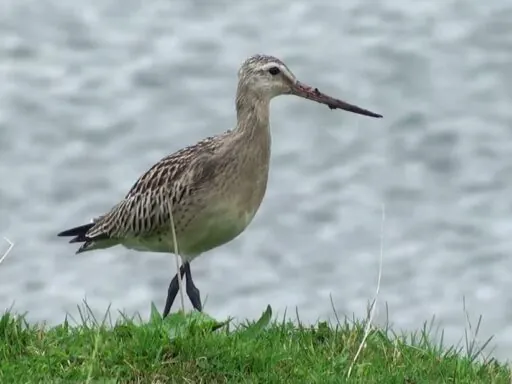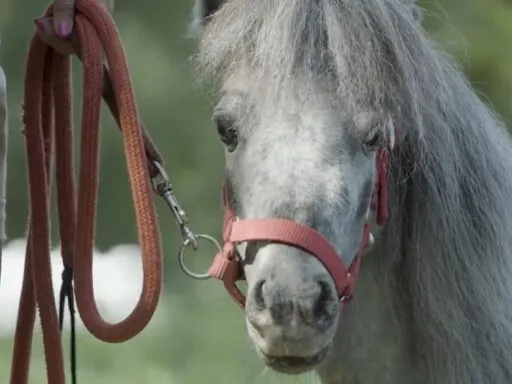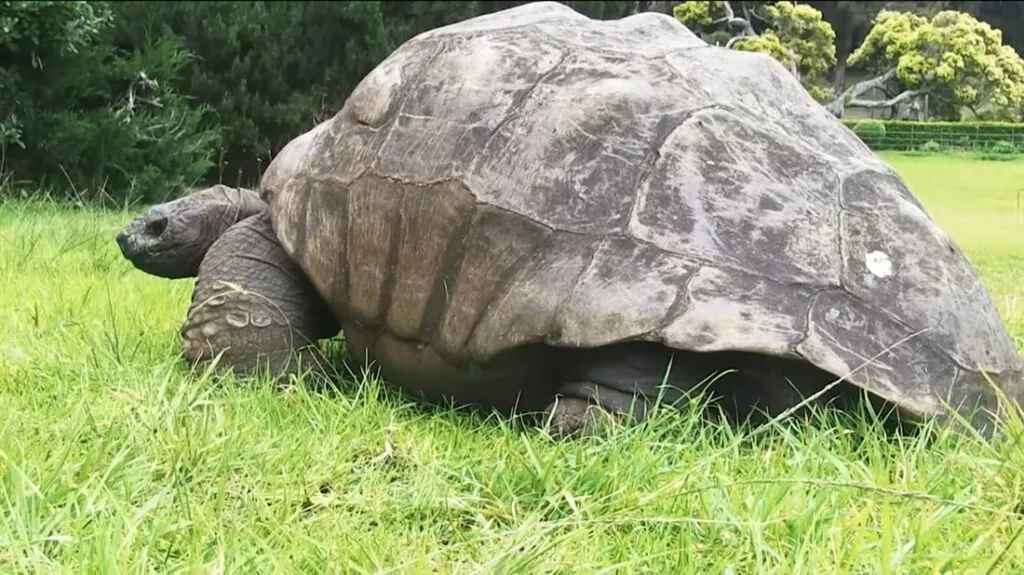
Born circa 1832, just five years prior to Queen Victoria’s coronation, Jonathan the tortoise is set to celebrate his 187th birthday in 2019, solidifying his status as the oldest animal in the world today.
This places him within striking distance of claiming the title of the oldest chelonian ever, presently held by Tu’i Malila, a radiated tortoise who reached the remarkable age of at least 188 years. Tu’i Malila was in the possession of the royal family of Tonga from around 1777 until 1965, a gift from British explorer Captain James Cook during his third and final Pacific voyage (1776–80).
Throughout Jonathan’s astonishing lifespan, he has witnessed the unfolding of two world wars, the Russian Revolution, the reigns of seven British monarchs, and the terms of 39 US presidents. His estimated birth predates significant historical milestones such as the release of the Penny Black, the world’s first postage stamp in 1840, the construction of the inaugural skyscraper in 1885, and the completion of the Eiffel Tower in 1887.
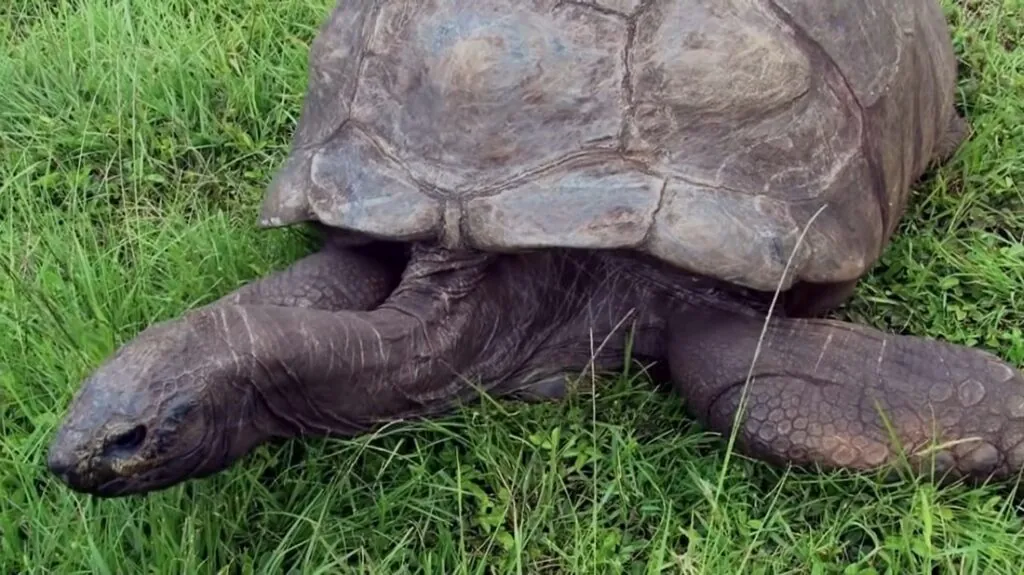
Jonathan’s longevity also spans key advancements in human history, including the invention of photography in 1838, the introduction of the incandescent light bulb in 1878, and the Wright brothers’ inaugural powered flight in 1903.
As the oldest animal in the world, Jonathan surpasses the oldest person ever documented by approximately 65 years. Jeanne Calment from France holds the record for the greatest authenticated human lifespan, living a remarkable 122 years and 144 days until 1997.

Although originally hailing from the Seychelles in the Indian Ocean, Jonathan has called the remote island of St Helena in the South Atlantic his home since 1882. St Helena is renowned as the final resting place of Napoleon Bonaparte, who was exiled there after his defeat at the Battle of Waterloo in 1815, although he passed away over six decades before Jonathan’s arrival.
When Jonathan was relocated to St Helena, he was already fully grown, indicating an approximate age of 50 years, aligning with his estimated birth year of 1832. He was a gift to the then-governor of the Overseas British territory, William Grey-Wilson (in office 1890–97), and has resided at the governor’s residence ever since, nestled within the manicured lawns of “Plantation,” a Georgian mansion erected by the East India Company in 1791–92. Today, Jonathan, the longest living animal on land, shares his habitat with three fellow giant tortoises: David, Emma, and Fred.
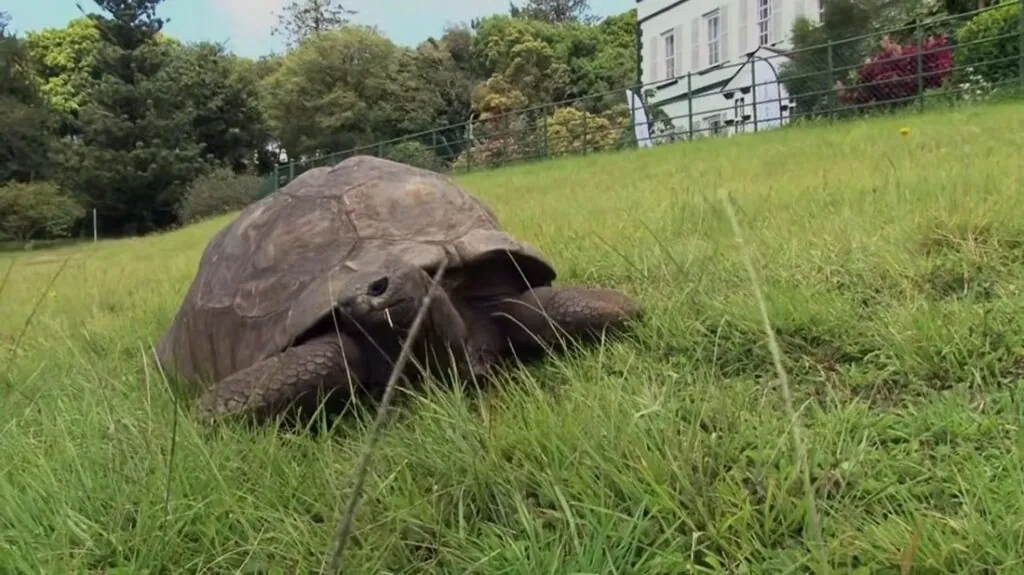
Previously identified as an Aldabran tortoise from the Aldabra Atoll, Jonathan’s true species is under debate. Recent examinations of his shell by the Seychelles Nature Trust and other zoological experts suggest he may belong to the rarer Seychelles giant tortoise species, once thought to be extinct but now potentially numbering around 80 globally, according to the IUCN’s Tortoise and Freshwater Turtle Specialist Group. On the related note, got the scoop of the longest jumping animal in the world?
Despite his advanced age—well beyond the typical 150-year lifespan of his species—Jonathan, the oldest animal in the world, remains in remarkable health. While he suffers from cataracts, resulting in near-blindness, and a loss of smell, his hearing remains acute, and his appetite robust. According to his veterinarian, he still exhibits a “good libido,” indicative of sound internal health.

